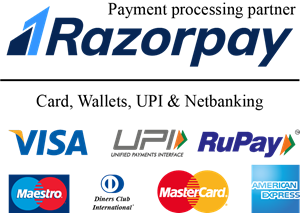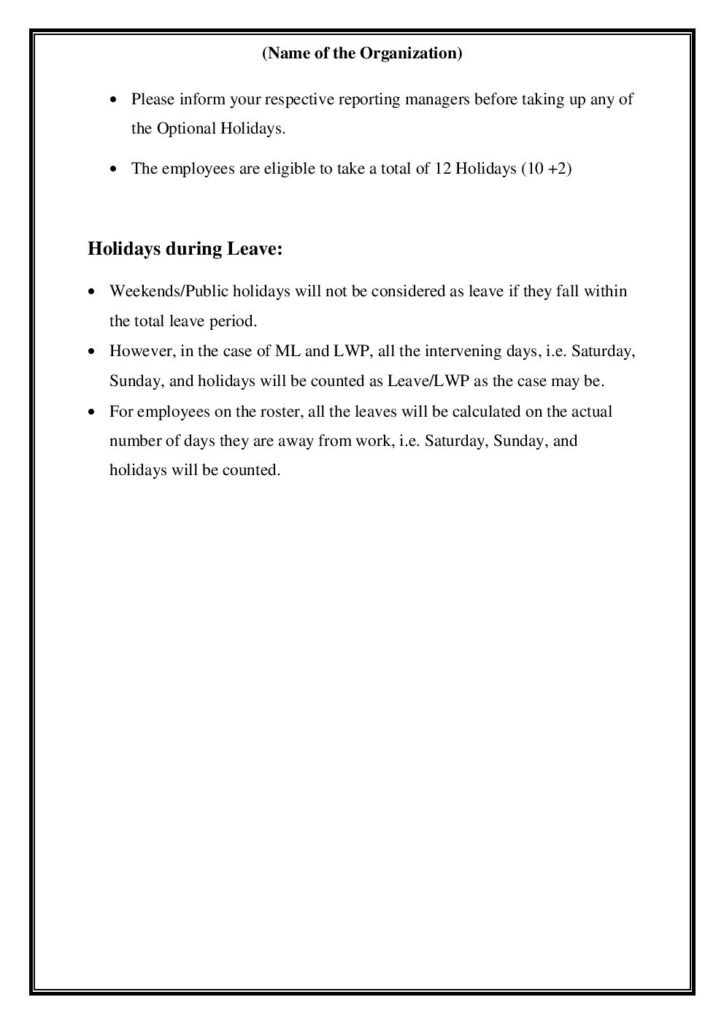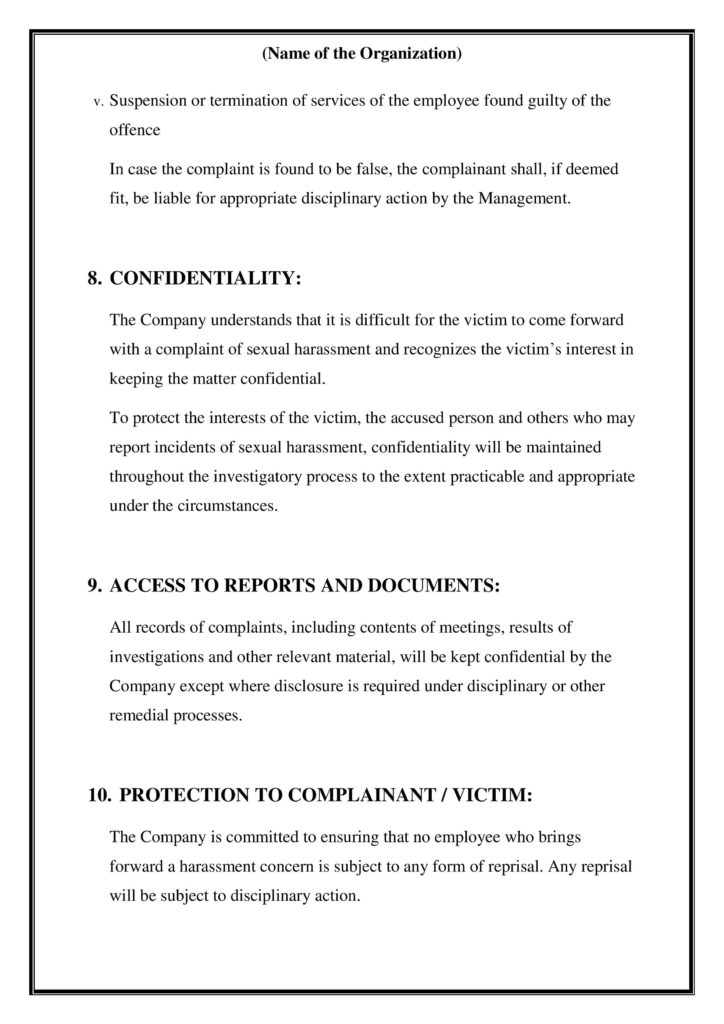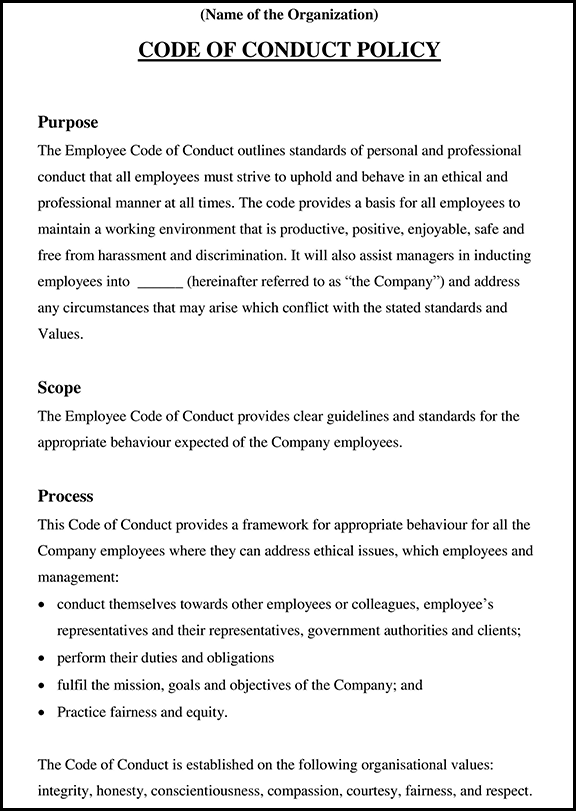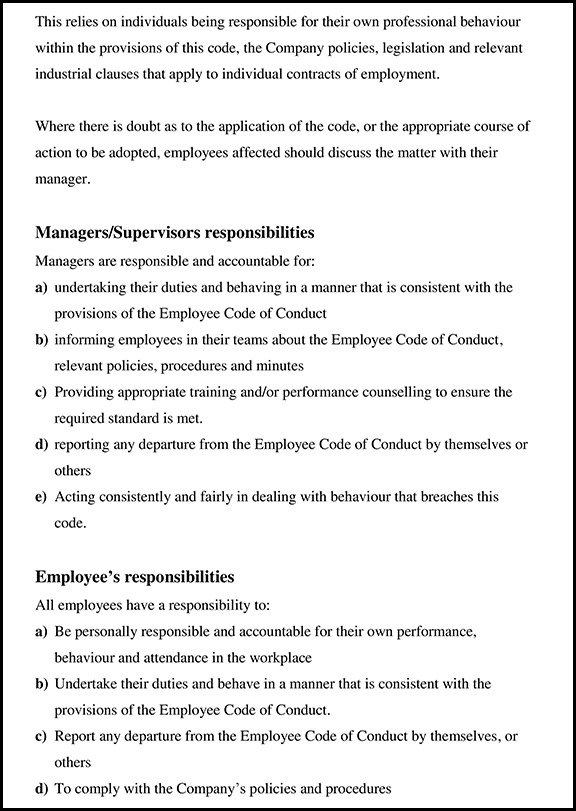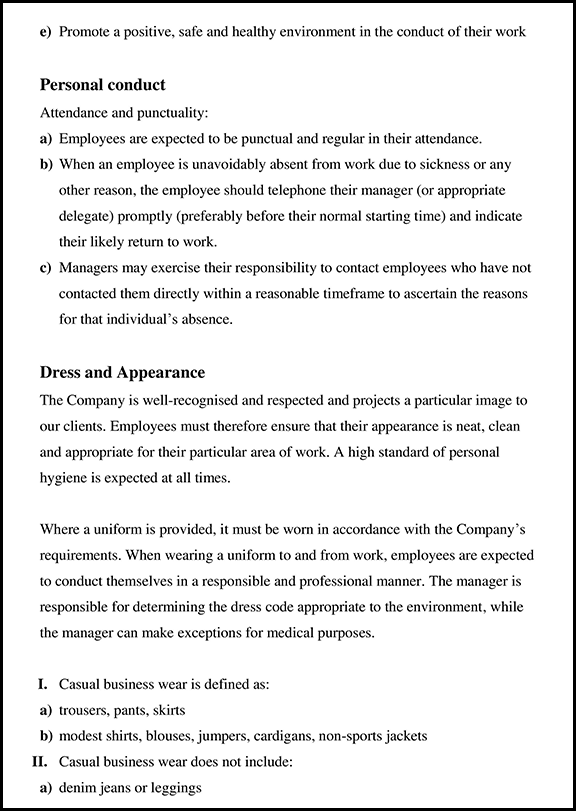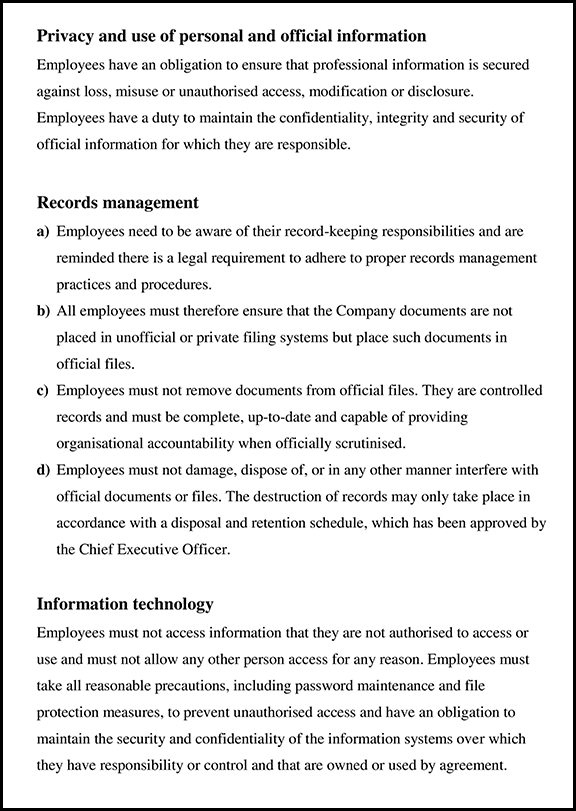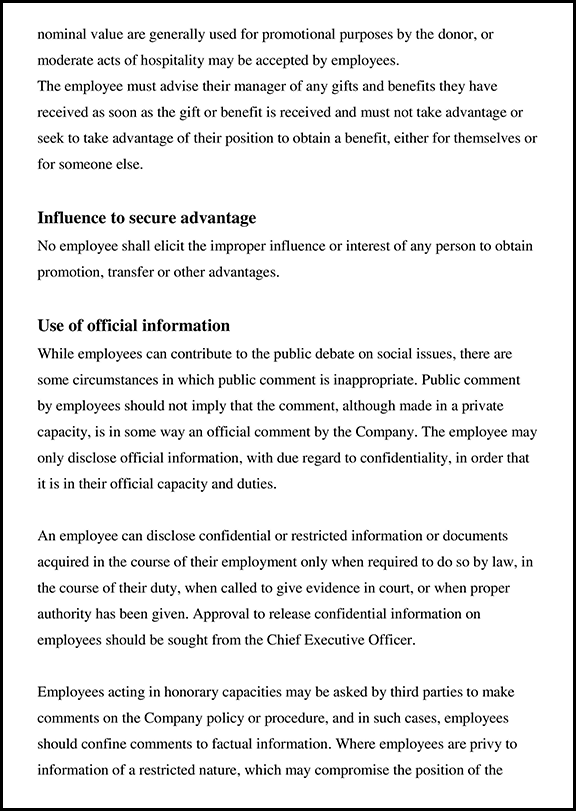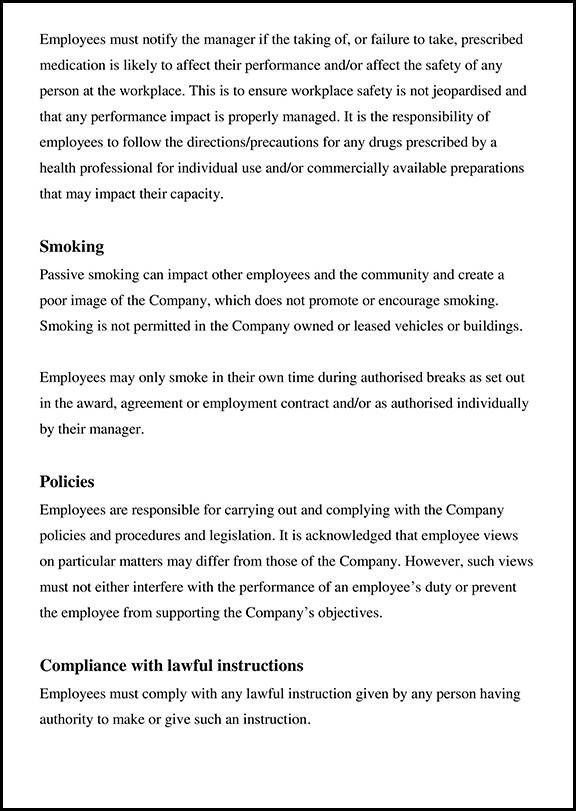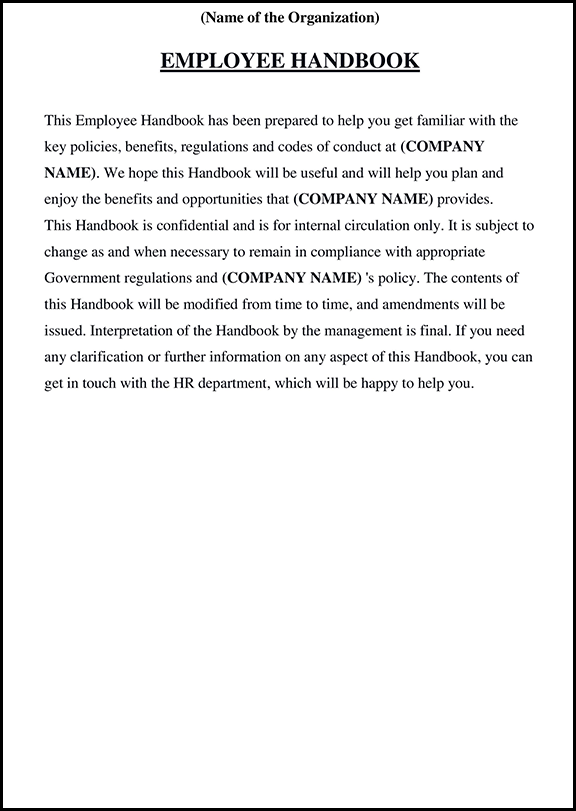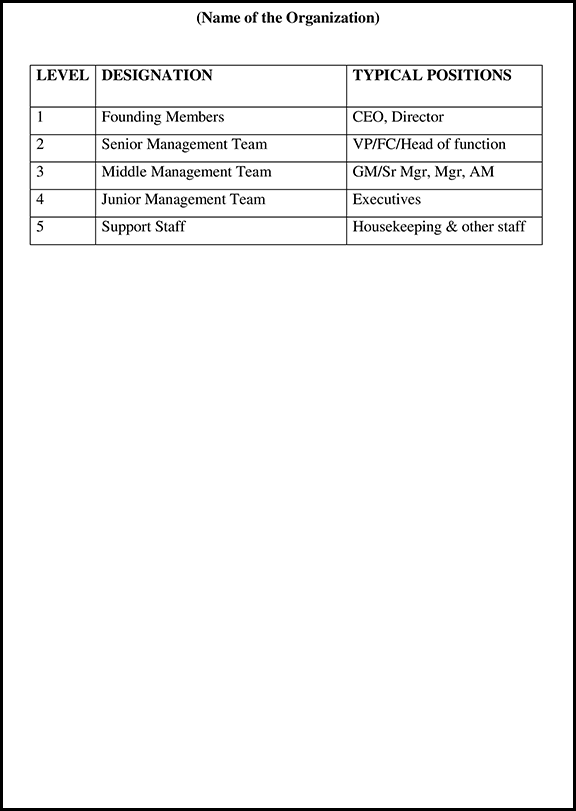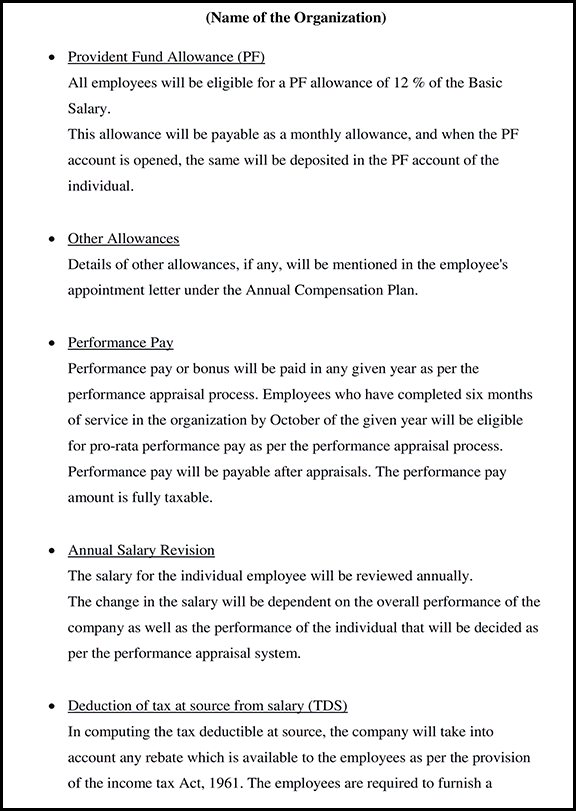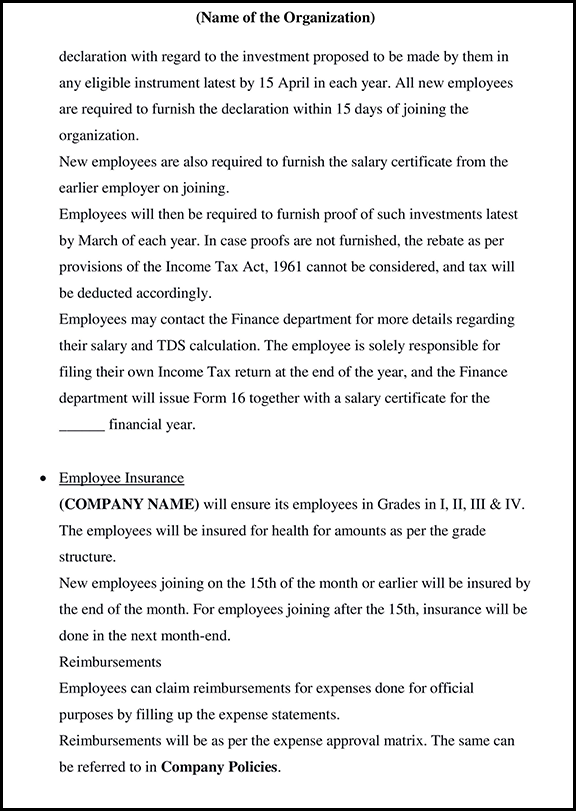
Hiring Tech Talent for Your Startup
Hiring Tech Talent for Your Startup: A Comprehensive Guide
Introduction
The Indian startup ecosystem is experiencing explosive growth, driven by innovation and a rapidly evolving technological landscape. At the heart of this success lies a critical resource: top tech talent. Hiring skilled engineers, developers, and designers is essential for startups to build robust products, stay ahead of the curve, and achieve sustainable growth.
This comprehensive guide equips Indian startup founders with the strategies and insights needed to conquer the tech talent acquisition challenge. We’ll delve into understanding the Indian tech landscape, defining your hiring needs, building a strong employer brand, implementing effective sourcing strategies, crafting compelling job descriptions, conducting a structured interview process, fostering onboarding and retention, and implementing talent retention strategies.
Here are Strategies and Insights to Overcome the Challenges in Tech Talent Acquisition:
1. Understanding the Indian Tech Talent Landscape
India boasts a vast pool of tech talent, but competition for top-tier candidates is fierce. Understanding the unique characteristics of the Indian tech market is essential:
- Overview: The Indian IT industry is a global powerhouse, with a substantial talent pool.
- Tech Hubs: Tier-1 cities like Bengaluru, Delhi-NCR, Mumbai, and Hyderabad are the primary tech hubs, but Tier-2 cities are emerging as strong contenders.
- Emerging Technologies: The demand for skills in AI, ML, data science, and cybersecurity is rapidly growing.
- Compensation Trends: While salaries are competitive, startups often rely on equity and benefits to attract top talent.
- Challenges and Opportunities: The talent war is intense, but remote work and a diverse talent pool present opportunities.
2. Defining Your Tech Hiring Needs
Clearly defining your tech talent requirements is crucial for successful hiring:
- Identify Critical Roles: Determine the core tech positions essential for your startup’s success.
- Skill Set Assessment: Specify the technical expertise needed for each role.
- Cultural Fit: Outline the values and work style you seek in your team members.
- Budget Allocation: Determine the compensation package and benefits you can offer.
- Creating Detailed Job Descriptions: Develop comprehensive and compelling job descriptions that accurately reflect the roles and responsibilities.
3. Building a Strong Employer Brand
A strong employer brand attracts top talent and fosters employee loyalty:
- Define Your Startup’s Mission and Vision: Clearly articulate your company’s purpose and goals.
- Showcase Your Company Culture: Highlight your startup’s unique work environment, values, and perks.
- Leverage Social Media: Utilize platforms like LinkedIn, Instagram, and Twitter to share company culture and employee stories.
- Employee Advocacy: Encourage current employees to share positive experiences on social media.
- Measuring Employer Brand Effectiveness: Track key metrics like time-to-fill, offer acceptance rate, and employee net promoter score (eNPS).
4. Effective Sourcing Strategies
To find top tech talent, explore various sourcing channels:
- Leverage Job Boards: Utilize platforms like Naukri, LinkedIn, Indeed, and AngelList.
- Tap into Social Media: Utilize platforms like LinkedIn, Twitter, and Facebook to identify passive candidates.
- Build a Talent Pipeline: Nurture potential candidates through email campaigns and content marketing.
- Leverage Employee Referrals: Implement a robust employee referral program with incentives.
- Consider Recruitment Agencies: Evaluate the use of recruitment agencies for specialized roles.
5. Crafting Compelling Job Descriptions
A well-crafted job description attracts qualified candidates and reduces time-to-fill:
- Highlight Impact: Clearly articulate the role’s contribution to the company’s success.
- Showcase Company Culture: Reflect your startup’s unique work environment.
- Use Clear and Concise Language: Avoid jargon and focus on essential qualifications.
- Include Competitive Compensation: Clearly outline salary range and benefits.
- Tailor to Different Roles: Customize job descriptions based on the specific role and target audience.
- Optimize for Search Engines: Incorporate relevant keywords to improve visibility.
- A/B Test Job Descriptions: Experiment with different job descriptions to measure effectiveness.
6. The Interview Process
A structured interview process ensures you select the right candidates:
- Develop a Structured Interview Process: Create a consistent framework for evaluating candidates.
- Technical Assessments and Coding Challenges: Assess candidates’ technical skills and problem-solving abilities.
- Behavioral Interviews and Cultural Fit: Evaluate candidates’ alignment with company culture and values.
- Panel Interviews and Group Exercises: Utilize multiple interviewers to gain diverse perspectives.
- Post-Interview Feedback and Evaluation: Provide timely feedback to candidates and collect data for process improvement.
7. Onboarding and Retention
A strong onboarding and retention strategy is crucial for employee success and satisfaction:
- Create a Welcoming Onboarding Experience: Provide necessary resources and support.
- Set Clear Expectations and Goals: Communicate role responsibilities and performance metrics.
- Offer Ongoing Training and Development: Invest in employee growth and development.
- Build a Strong Company Culture: Foster a positive and inclusive work environment.
- Provide Competitive Compensation and Benefits: Offer attractive compensation packages to retain top talent.
- Offer Career Growth Opportunities: Provide clear career paths and mentorship programs.
8. Talent Retention Strategies
Retaining top talent is essential for long-term success:
- Quantify the Cost of Turnover: Understand the financial impact of employee turnover.
- Identify Key Retention Factors: Focus on compensation, career growth, work-life balance, and company culture.
- Create a Positive Work Environment: Foster a culture of trust, collaboration, and employee well-being.
- Offer Competitive Compensation and Benefits: Stay competitive in the market and offer attractive packages.
- Provide Career Growth Opportunities: Invest in employee development and create clear career paths.
9. Employer Branding: A Continuous Effort
A strong employer brand attracts top talent and enhances company reputation:
- Define and Communicate Your Employer Brand: Clearly articulate your company’s value proposition to employees and potential candidates.
- Leverage Employee Advocacy: Encourage employees to share positive experiences on social media.
- Measure Employer Brand Effectiveness: Track key metrics to assess brand health.
- Manage Employer Reputation: Address negative feedback and maintain a positive online presence.
- Integrate with Overall Marketing Strategy: Align employer branding with the company’s overall marketing efforts.
Conclusion
Hiring top tech talent is a complex but essential process for startups aiming to achieve significant growth. By understanding the Indian tech talent landscape, defining your hiring needs, building a strong employer brand, and implementing effective sourcing, interview, and onboarding strategies, you can create a high-performing tech team.
Remember, talent acquisition is an ongoing process that requires continuous adaptation and improvement. By investing time and resources in building a strong employer brand and nurturing employee relationships, you can create a sustainable talent advantage.








